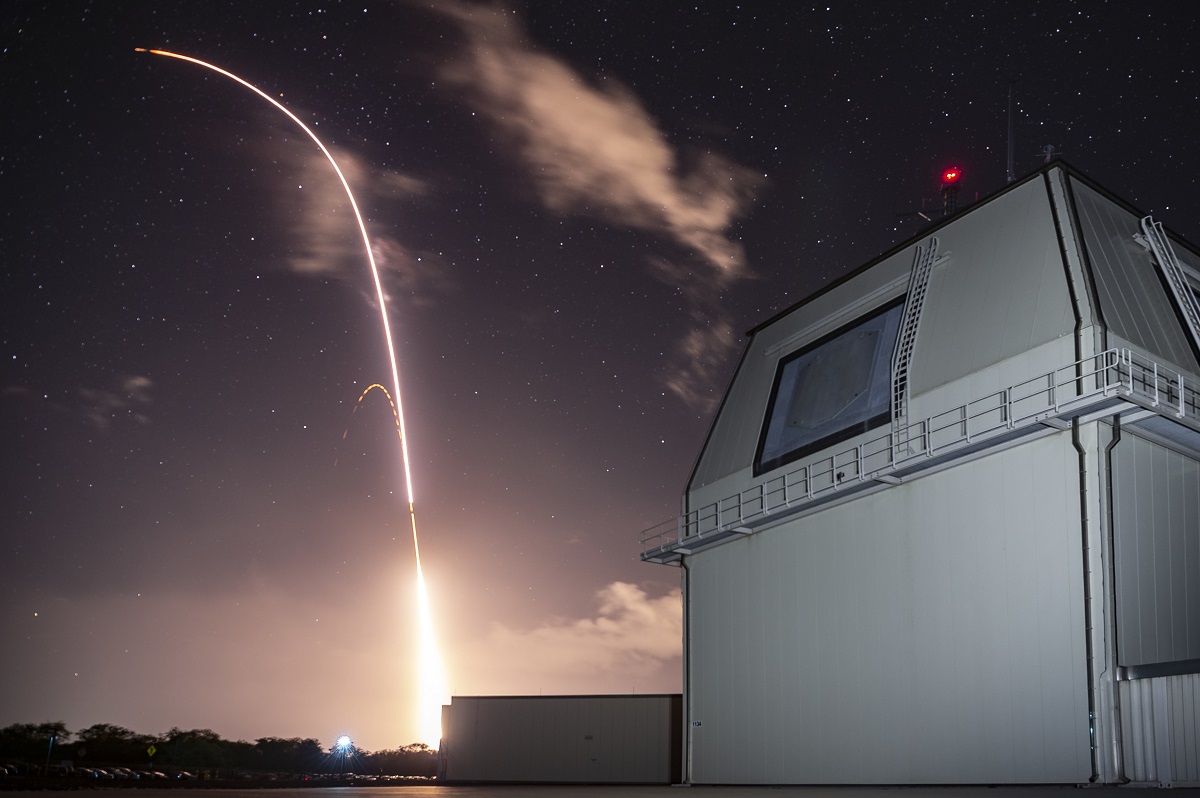BBC reported that South Korean fighters fired warning shots at Russian military aircraft for intruding into South Korea’s territorial airspace on 23 July 2019, Reuters reported citing the Korean Ministry of National Defense. In this case, warning shots were fired by the Koreans, who used F-15Ks and KF-16s to intercept the Russian A-50 command and control aircraft above the East Sea (near South Korea's easternmost islets of Dokdo, claimed by Japan and South Korea, but occupied by South Korea since 1954). The first warning rounds were fired at AM local time and then the 2nd in a matter of 20 plus minutes. This incident is unusual, as both Japan and Korea routinely intercept Russian or Chinese aircraft that intrude into their respective air defence identification zones, without much incident. In this unusual case, the Russian aircraft entered the Korea Air Defense Identification Zone (KADIZ), along with two Chinese H-6s who also entered the KADIZ, after which they met up with the two Tu-95 Russian aircraft — which is a hallmark of joint planning by the Russians and Chinese forces.
"The South Korean military took tactical action including dropping flares and firing a warning shot," the defense ministry statement said (see CNN report:
South Korea fires warning shots at Russian military aircraft). This is a deliberate act by Ivan, as penetrating to a point of requiring the Koreans to fire 10 rounds (as warning shots) to turn away is serious, but to do it twice (for the Koreans to fire another 280 rounds) seems to be a test of Korean resolve (and I suspect, may be used to collect intelligence and on the standby follow forces available at tiered alertness on the Korean side).
Analysts said the mission may have been designed by Russia to draw out South Korean and Japanese aircraft for intelligence gathering purposes. "This mission will have given them a comprehensive map of the (South Korean) national air defense system," said Peter Layton, a former Royal Australian Air Force pilot and analyst at the Griffith Asia Institute. Moscow furiously denied Seoul's account of the encounter, claiming that South Korean military jets had dangerously intercepted two of its bombers during a planned flight over neutral waters. But in a statement, Japan's Ministry of Defense backed up South Korea's claims, saying the A-50 had flown over the islands and that Tokyo had scrambled fighters to intercept.
Edit: In
other news, Korea is to launch a new version of a large-deck landing ship. This secession was made during a 12,July 2019 meeting presided over by Gen. Park Han-ki, chairman of the Joint Chiefs of Staff. “The plan of building the LPH-II ship has been included in a long-term force buildup plan,” said a spokesman for the Joint Chiefs, speaking on condition of anonymity and using an acronym for “landing platform helicopter.” The new LPH is to be refit to displace 30,000 tons, double the capacity of the previous two LPHs — Dokdo and Marado — with 14,500 tons of displacement. The carrier-type vessel is also bigger than the 27,000 tons associated with Japan’s Izumo-class helicopter destroyers.
The Jamestown Foundation’s
Eurasian Daily Monitor reports on the implications of growing alliance between Russia and China reflected in their recent joint bomber patrols intercepted off S. Korea and Japan. Graham Allison has noted, “Russian and Chinese General Staffs have candid, detailed discussions about the threat U.S. nuclear modernization and missile defenses pose to each of their strategic deterrents. It therefore stands to reason that these militaries also conduct equally probing discussions concerning conventional warfare and Korean issues” (Cited in Alexander Korolev, “
On the Verge of an Alliance: Contemporary China-Russia Military Cooperation,” Asian Security, April 30, 2018).
A number of Russian experts have also confided to this author that Moscow and China have conducted and are conducting talks on strategic stability, “and we know how many nuclear missiles China has” (Author’s interview, July 16, 2019). Be that as it may, it seems clear from the recent joint air patrol—not to mention Russian-Chinese joint exercises during last autumn’s Vostok 2018 drills and all other manifestations of cooperation—that, as Russia and China have agreed, the military relationship is set to further deepen.

